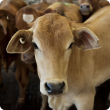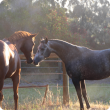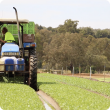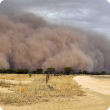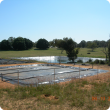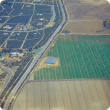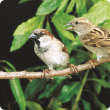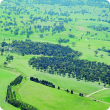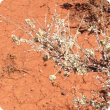Filter by regions:
- (-) Remove Great Southern filter Great Southern
- (-) Remove Pilbara filter Pilbara
- (-) Remove Wheatbelt filter Wheatbelt
- Mid West (453) Apply Mid West filter
- Goldfields-Esperance (450) Apply Goldfields-Esperance filter
- South West (449) Apply South West filter
- Gascoyne (446) Apply Gascoyne filter
- Peel (443) Apply Peel filter
- Kimberley (441) Apply Kimberley filter
- Perth regions (349) Apply Perth regions filter

